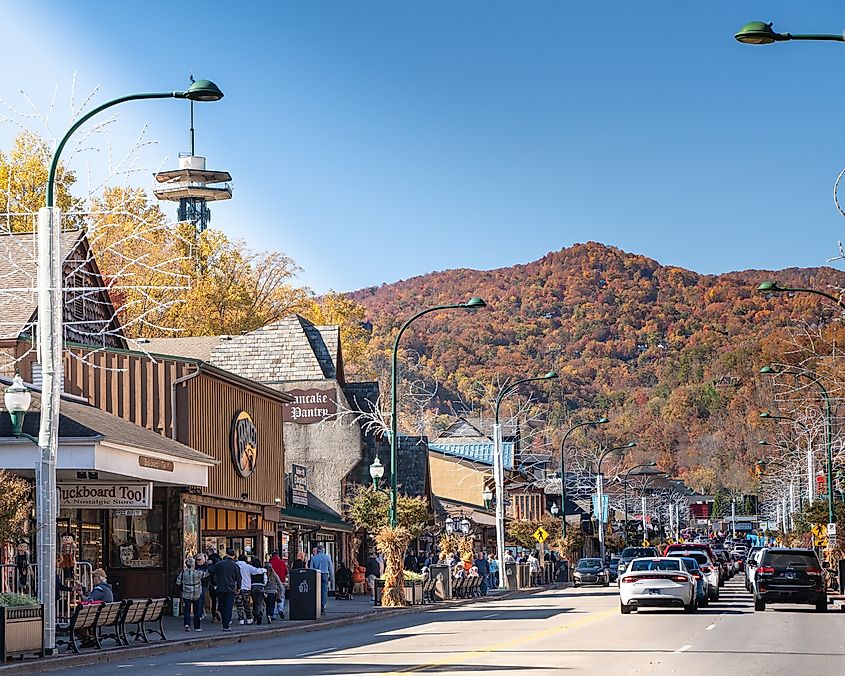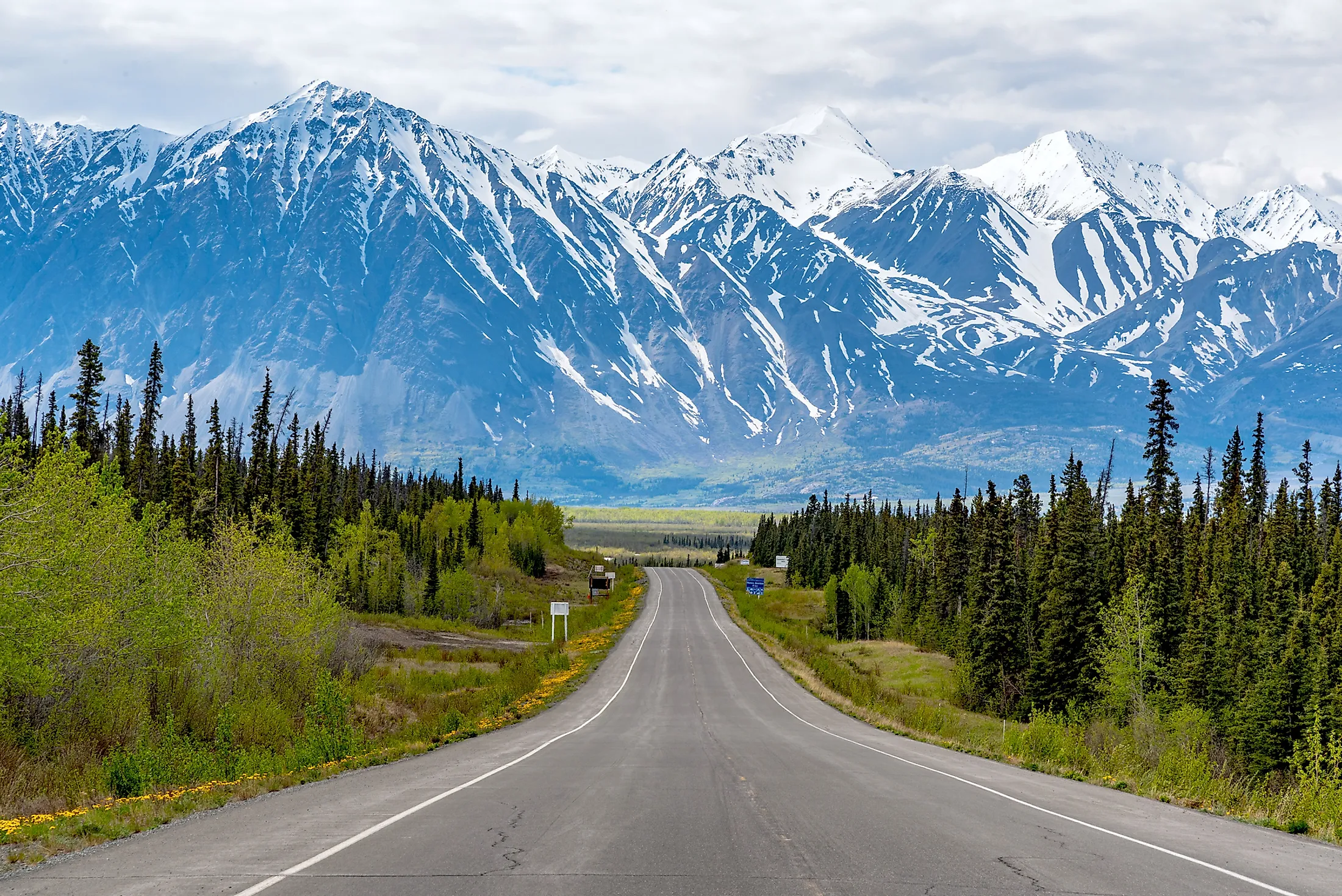The Island the French Don’t Want You to Know About. While Corsica and Île de Ré attract international acclaim, Île d’Oléron remains a cherished secret, a haven favored by French families seeking authentic, nature-centric vacations. This largest island on France’s Atlantic coast, a tapestry of unspoiled beauty, beckons with its stunning beaches, robust surfing scene, verdant forests, sprawling vineyards, and quaint, colorful fishing villages. Renowned for its delectable Marennes-Oléron oysters, the island presents a culinary paradise for seafood enthusiasts. Its relatively flat terrain lends itself perfectly to exploration by bicycle, allowing visitors to immerse themselves in the pristine natural landscapes. The island’s allure is further amplified by the fact that only a small fraction, approximately seven percent, of its visitors are from outside France, creating an intimate, less crowded experience, especially compared to the overtouristed Mediterranean regions.
Île d’Oléron offers a compelling alternative for travelers seeking family-friendly, eco-conscious destinations. Its appeal lies not only in its natural beauty but also in its commitment to sustainable tourism, a stark contrast to the environmental strains felt by more popular European hotspots. The island’s dedication to preserving its natural resources ensures that its charm remains intact for generations to come.
Known as "La Lumineuse," Île d’Oléron is situated off France’s western Atlantic coast, within the Charente-Maritime department of Nouvelle-Aquitaine. Spanning 67 square miles, it is the second-largest French island, following Corsica. Access to the island is seamless, thanks to a bridge connecting it to the mainland, facilitating travel by car and bus. Furthermore, a 50-minute boat journey from the historic town of La Rochelle, complete with an airport and direct SNCF train connections to Paris and Bordeaux, offers an alternative route. The island presents a diverse range of accommodations, from camping and glamping sites to charming gîtes, holiday homes, and family-run hotels, catering to a wide spectrum of preferences and budgets.
The island’s commitment to sustainable tourism is evident in its extensive network of cycling paths. The best way to navigate Île d’Oléron is undoubtedly on two wheels. The island boasts nearly 100 miles of dedicated cycle paths, crisscrossing its 20-mile length. The diverse landscape unfolds as you pedal, revealing a vibrant tapestry of springtime mimosa groves, dense woodland forests, serene salt marshes, productive oyster beds, and miles of pristine, golden sandy beaches, not to mention the lush vineyards. The well-maintained cycle paths are clearly marked and color-coded, ensuring easy navigation, although a cycle map is recommended. These maps are readily available at tourist offices, bike hire shops, and hotel and campsite receptions. The predominantly flat terrain makes cycling accessible to all, but electric bikes are available for those seeking an extra boost.
The Château d’Oléron, despite its name, is not a traditional castle in the medieval sense. The original structure was destroyed during the Wars of Religion, and a citadel fortification was erected on its ruins in the late 1600s. During World War II, it served as a stronghold for German resistance and was subsequently bombed by Allied forces in 1945. Today, the Château d’Oléron thrives as a center for oyster farming, renowned for its colorful artisan cabins transformed into artist studios. Visitors can immerse themselves in the local culture by exploring these unique spaces and participating in the tradition of writing wishes on oyster shells and hanging them on the bridge for good luck.
"The transformation of the Château d’Oléron from a site of conflict to a hub of artistic expression and oyster farming is a testament to the island’s resilience and its embrace of a more peaceful and sustainable future," notes Dr. Isabelle Dubois, a historian specializing in French coastal communities.
The Oyster Route (La Route des Huîtres) is a must-experience for any visitor to Île d’Oléron. Oyster farming is a significant industry on the island, producing what many consider to be the best oysters in France. The Oyster Route, beginning at Château d’Oléron and extending toward Boyardville along the eastern coast, offers a fascinating journey through former salt marshes that have been transformed into oyster channels. Cycling along this route, through the nature reserves and past the whispering rushes, creates an otherworldly experience. Along the way, brightly colored huts invite visitors to sample and purchase oysters directly from the producers at Fort Royer or Port de la Baudissière. According to a recent report by the regional aquaculture association, the Marennes-Oléron oyster industry generates an estimated €120 million annually, contributing significantly to the island’s economy.
Located "at the end of the earth," according to locals, the Chassiron Lighthouse stands as a beacon on the northern tip of the island. The original lighthouse, built in 1685, guided mariners through the treacherous Pertuis d’Antioche. The current lighthouse, in service since 1836, features striking black-and-white stripes and 224 steps. Climbing to the top rewards visitors with panoramic views of the Atlantic shoreline, including Île de Ré and Fort Boyard. The lighthouse also offers a unique perspective on the cleverly designed gardens below, laid out in the shape of a compass.
The island’s beaches offer something for everyone. Plage de la Boirie, located in the north, is known for its picturesque beach huts. During the summer months, lifeguards are stationed at certain beaches, ensuring safer swimming conditions. The eastern beaches tend to be more sheltered, while the western side attracts kitesurfers and surfers when the tide and wind are favorable. For a memorable sunset, head to Plage des Huttes.
Viticulture on Oléron dates back to the third century, with the island’s wines becoming prized by northern courts and shipped to England. The phylloxera epidemic of 1872 nearly destroyed the island’s vineyards, but salvation came in the form of American rootstocks, which were grafted to bolster the fragile French varieties. Today, Île d’Oléron boasts 2,223 acres of vineyards, many of which are small, family-run estates like Domaine Paradisio. These estates offer visitors the opportunity to taste and purchase wines directly from the growers. The island’s harvest is used to produce a variety of wines, including white, red, and rosé, as well as the celebrated liqueur wine Pineau des Charentes, and grapes are also sent inland to become Cognac. Sauvignon, Merlot, Pinot Noir, and Vin Charentais all thrive on the island.
"The revival of viticulture on Île d’Oléron, thanks to American rootstocks, is a remarkable story of resilience and international collaboration," comments Jean-Luc Moreau, a wine historian. "It highlights the interconnectedness of the wine world and the importance of preserving traditional practices."
Le Moulin de la Brée, a fully restored working windmill, offers visitors a glimpse into the island’s past. The mill features a charming museum where visitors can learn about the history of flour milling and the meticulous restoration that took place in 2022. The on-site restaurant serves dishes made with freshly milled flour, including pizza.
Île d’Oléron is seeking a new saunier, or sea-salt farmer, offering a unique job opportunity for those who appreciate the island’s natural resources. Before oyster farming became the dominant industry, salt production was a major economic activity on the island. Today, only a handful of working salt pans remain, but they sell out of their salt harvest every year. At Le Port des Salines, visitors can explore the eco-museum that traces the history of sea salt harvesting and even try their hand at the process. According to local economic reports, the demand for artisanal sea salt has increased by approximately 15% in the last five years, reflecting a growing interest in locally sourced and sustainable products.
A short boat ride away from Île d’Oléron is the historic maritime port of La Rochelle. The city’s iconic stone towers guard the entrance to the town, and its architecture reflects its medieval past. La Rochelle is a vibrant city, hosting one of France’s most popular summer music festivals, Les Francofolies. The pedestrianized town center is easy to navigate on foot or by bike. The Aquarium La Rochelle is a popular attraction, featuring a shark amphitheater and a sea turtle research and treatment center. For a boutique stay in the heart of the old town, Hôtel Saint Nicolas is a great option. Local delicacies, including oysters and escargots, can be enjoyed at Le Comptoir Saoufé. La Rochelle is connected to Île de Ré by a 1.8-mile-long toll bridge.
The future of Île d’Oléron hinges on balancing its growing popularity with its commitment to sustainability. As tourism increases, it is crucial to manage the influx of visitors to minimize the impact on the island’s natural resources and local communities. By prioritizing eco-friendly practices, supporting local businesses, and promoting responsible tourism, Île d’Oléron can preserve its unique charm and appeal for generations to come. Failure to do so could result in the same overtourism-related issues plaguing other popular destinations, potentially diminishing the island’s allure and negatively impacting its economy and environment.





